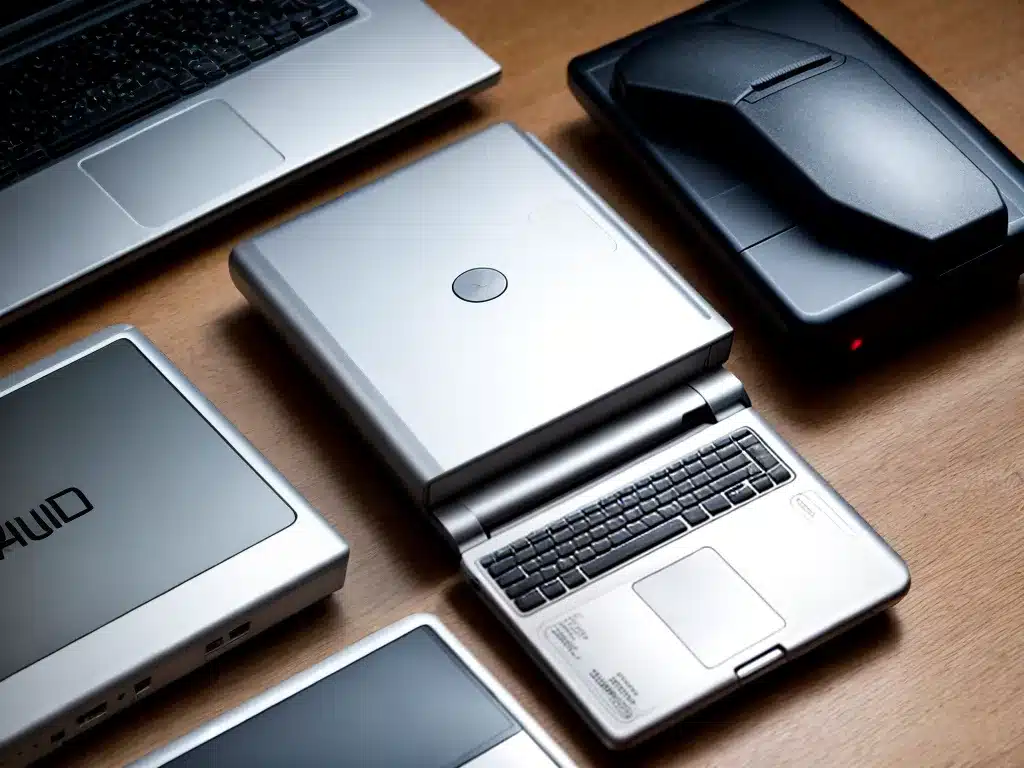
As technology advances rapidly, many of us accumulate old electronics and devices that we no longer use or need. Improperly disposing of these items can be harmful to the environment. Here is a comprehensive guide on how to safely dispose of old hardware and devices:
Why Proper Disposal is Important
Electronic waste or e-waste contains hazardous materials like lead, mercury, cadmium and flame retardants. When e-waste ends up in landfills, these toxins can leach into the soil and groundwater. Burning e-waste also releases harmful toxins into the air.
Improper disposal of electronics can also put your personal data at risk if sensitive information is stored on the device. Proper disposal helps prevent identity theft.
Overall, properly disposing of e-waste protects the environment and human health. It also conserves natural resources by enabling materials like plastic and metals to be recycled instead of extracted anew.
Reuse and Donate Usable Devices
Before considering disposal, determine if the device can be reused. Older electronics that still function properly can often be repurposed or donated to charity.
Consider donating:
- Older laptops – Schools, nonprofits, libraries and community organizations may accept laptop donations. Be sure to wipe personal data beforehand.
- Smartphones – Domestic violence shelters and nonprofits may accept gently used phones, which can provide emergency 911 access.
- Tablets – Senior centers and schools may be able to use older tablets for activities, learning and entertainment.
- Gaming systems and TVs – Children’s hospitals and youth organizations often accept recreational device donations.
If the device cannot be reused, components like batteries and screens may be salvageable. Review sites like iFixit for device disassembly instructions to harvest working parts.
Recycle Electronics Responsibly
If the device cannot be reused or repurposed, recycling e-waste properly is the next best option. Recycling prevents toxins from contaminating landfills and enables materials like glass, metal and plastic to be recovered and reused.
You have several options for responsible e-waste recycling:
- Municipal collection centers – Many cities and towns offer periodic e-waste collection events or permanent drop-off locations. These are often completely free for residents.
- Retailer take-back programs – Stores like Best Buy accept electronics from any manufacturer for recycling, regardless of where they were purchased. Fees may apply.
- Mail-back programs – Businesses like GreenCitizen ship you boxes to mail back devices directly from your home for recycling. Boxes are reusable.
- Manufacturer take-back – Brands like Apple, Dell and HP recycle their own products. You can print prepaid shipping labels or find nearby dropoff locations.
Before recycling, be sure to wipe personal information from devices. Performing a factory reset or removing and destroying hard drives protects your privacy.
Safely Dispose of Hazardous Materials
Some e-waste contains materials too hazardous for standard recycling programs. These require special disposal:
- Batteries – Rechargeable batteries can often be recycled through retailers, but single-use batteries may need to go to a hazardous waste facility. They contain heavy metals like cadmium, lead and mercury. Never throw batteries in the trash.
- Light bulbs – CFL bulbs contain mercury and LED bulbs contain arsenic. See if your local hardware store participates in a CFL takeback program. Some municipalities also collect CFLs and LEDs at hazardous waste events.
- Devices with mercury switches – Older LCD monitors, copiers and scanners may contain mercury switches. These require special handling to remove the mercury before recycling. Contact your local e-waste program for instructions.
Safely Destroy Sensitive Data
To prevent identity theft, it’s critical to destroy personal data stored on old devices. Reformatting the hard drive is not enough. Use these methods instead:
- Perform a secure erase – Use built-in disk utility tools or third party software to overwrite the drive sectors 7 times or 35 times for DoD erasure.
- Remove and destroy hard drives – Open up devices and physically destroy hard drives by drilling holes in the platters or smashing with a hammer. Wear eye protection.
- Hire a bonded data destruction service – Let professionals shred drives onsite or at their facility. Get a certificate of data destruction.
Double check that all sensitive information is erased before disposal. Consider replacing hard drives if the device will be donated.
Dispose Responsibly, Dispose Safely
By properly reusing, recycling and disposing of hardware, we all help build a sustainable future. Research disposal options in your community and handle e-waste appropriately. Your efforts will help protect the planet for generations to come.












